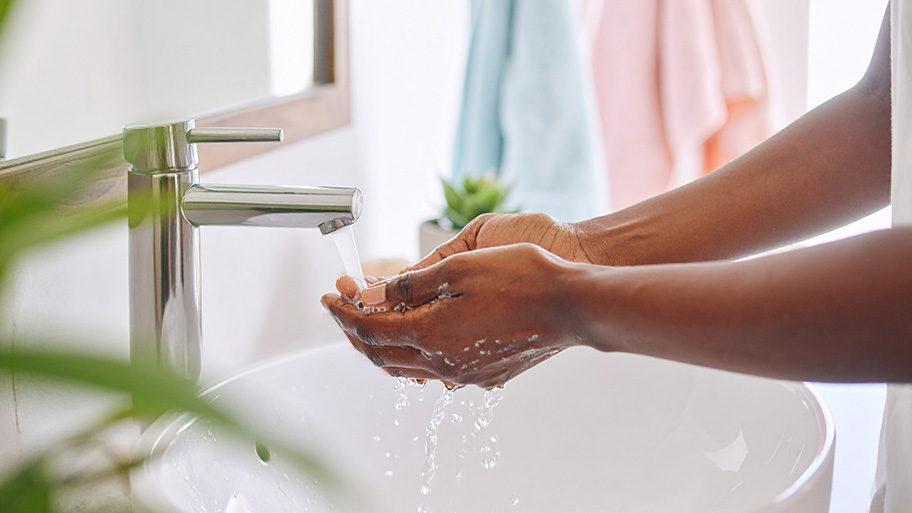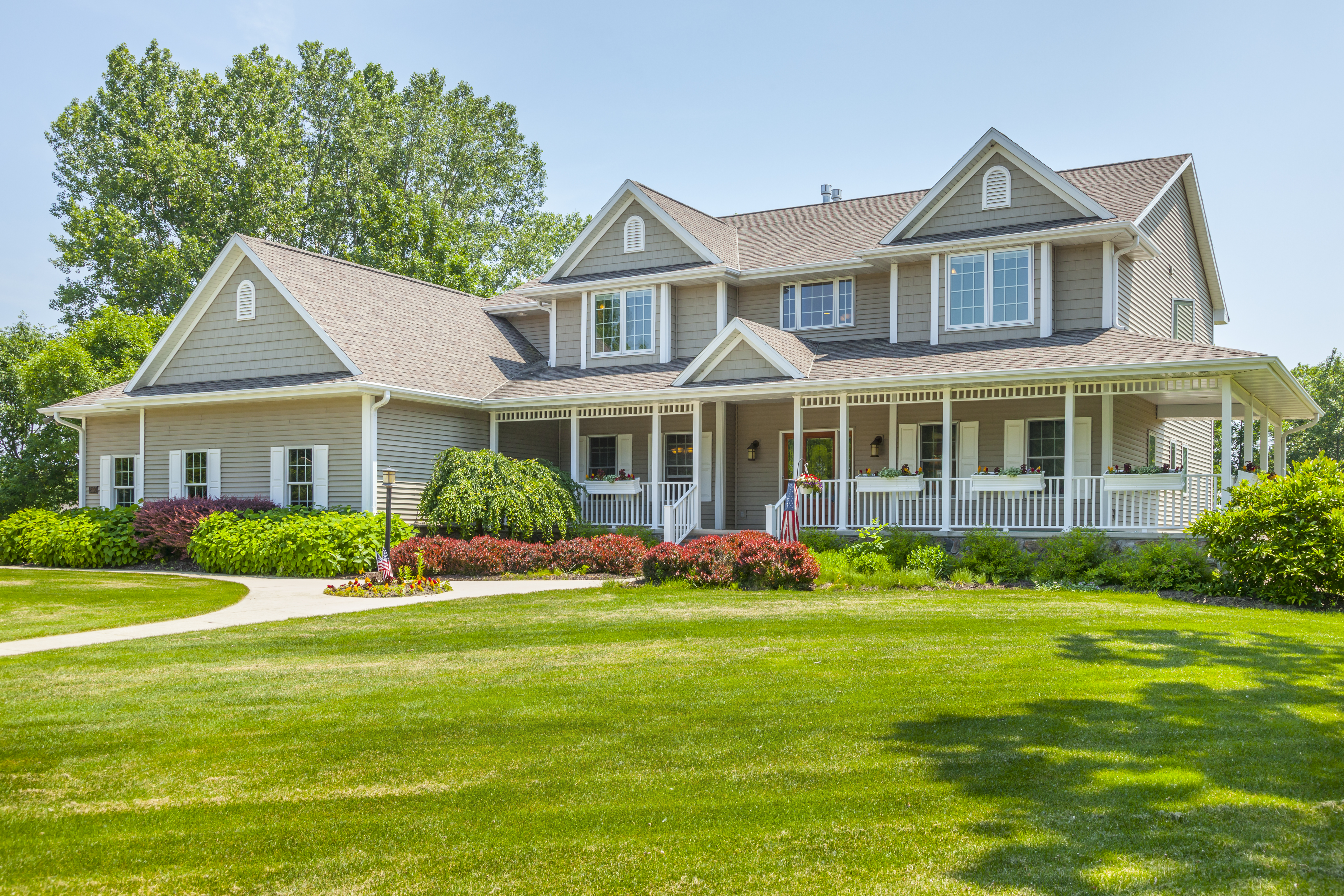
Get matched with top rototilling pros in Peru, NE
Enter your zip and get matched with up to 5 pros
Need a pro for your rototilling project in Peru, NE?
Find Rototilling pros in Peru
No results for Rototilling pro in
Try adjusting your search criteria.The homeowners guide to home care is here
From average costs to expert advice, get all the answers you need to get your job done.

Repairing a main water line is an urgent matter, so use this guide to get an idea of how much main water line repairs cost to act fast.

If you need to pump sewage waste uphill to reach a septic tank or street sewer, you may need a dedicated grinder pump. Follow our guide to determine how much a sewer grinder pump costs and any prices that may creep up during the install.

Whether you’re changing your home’s floor plan in a remodel or just replacing old, worn-out plumbing, this guide will help you estimate the cost of repiping a house.

Plumbing a bathroom starts with knowing the steps for a successful DIY project. Follow this guide to learn how to plumb a bathroom yourself.

Range hood dripping water? You may have damaged flappers or need more insulation. Find out what’s causing the problem and call the right professional to fix it.

If you need trenchless sewer repairs, you’ve no doubt asked yourself, “What is pipe bursting?” This guide answers that question and so much more.